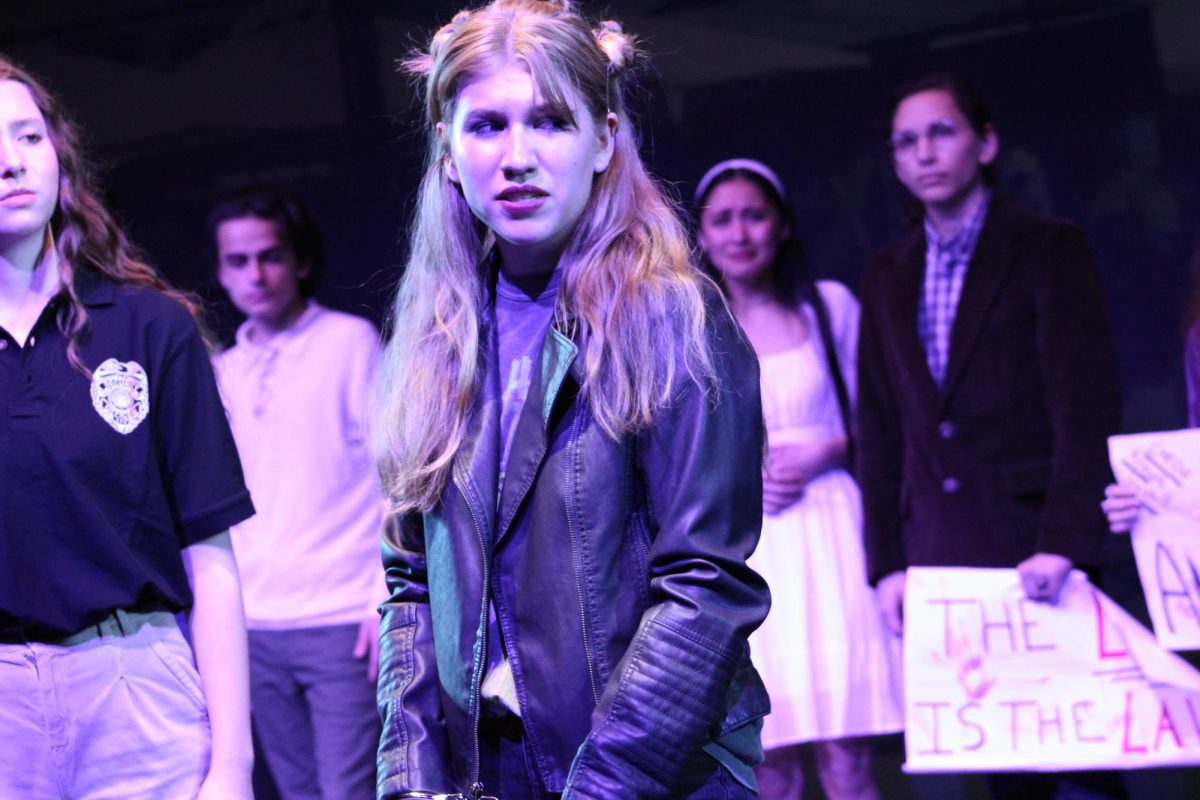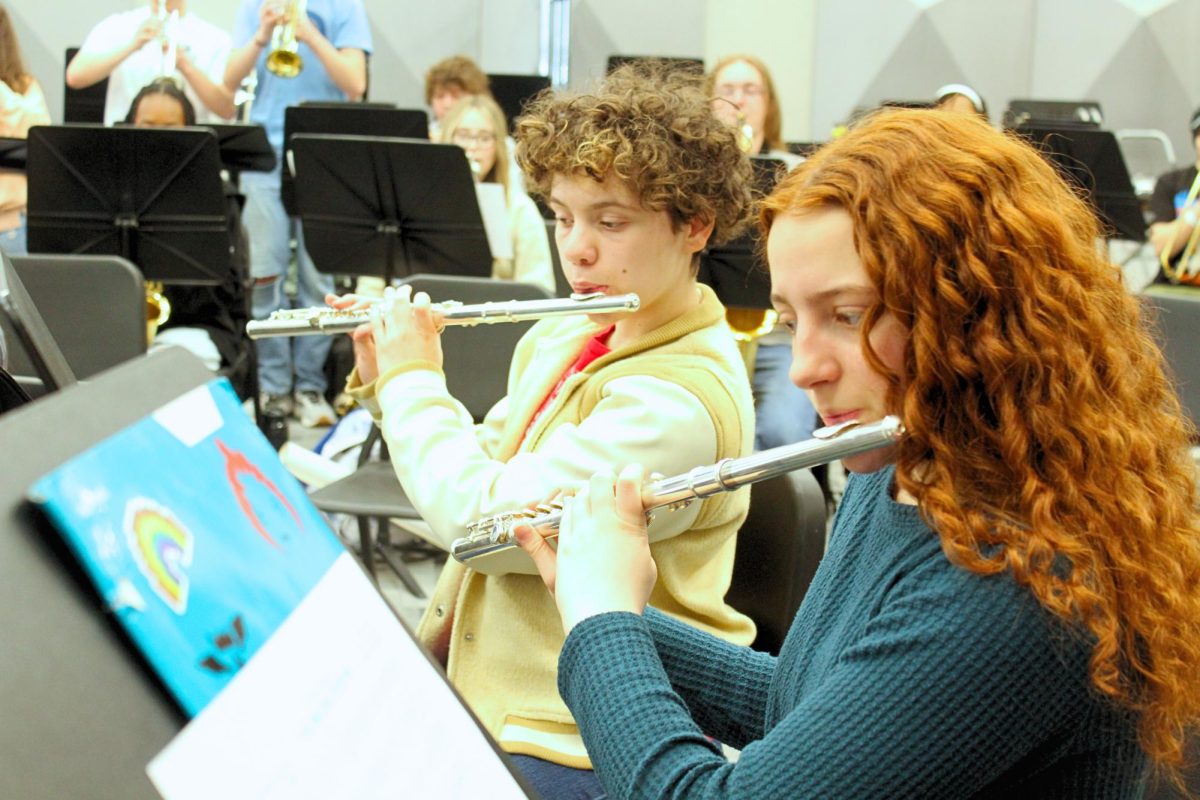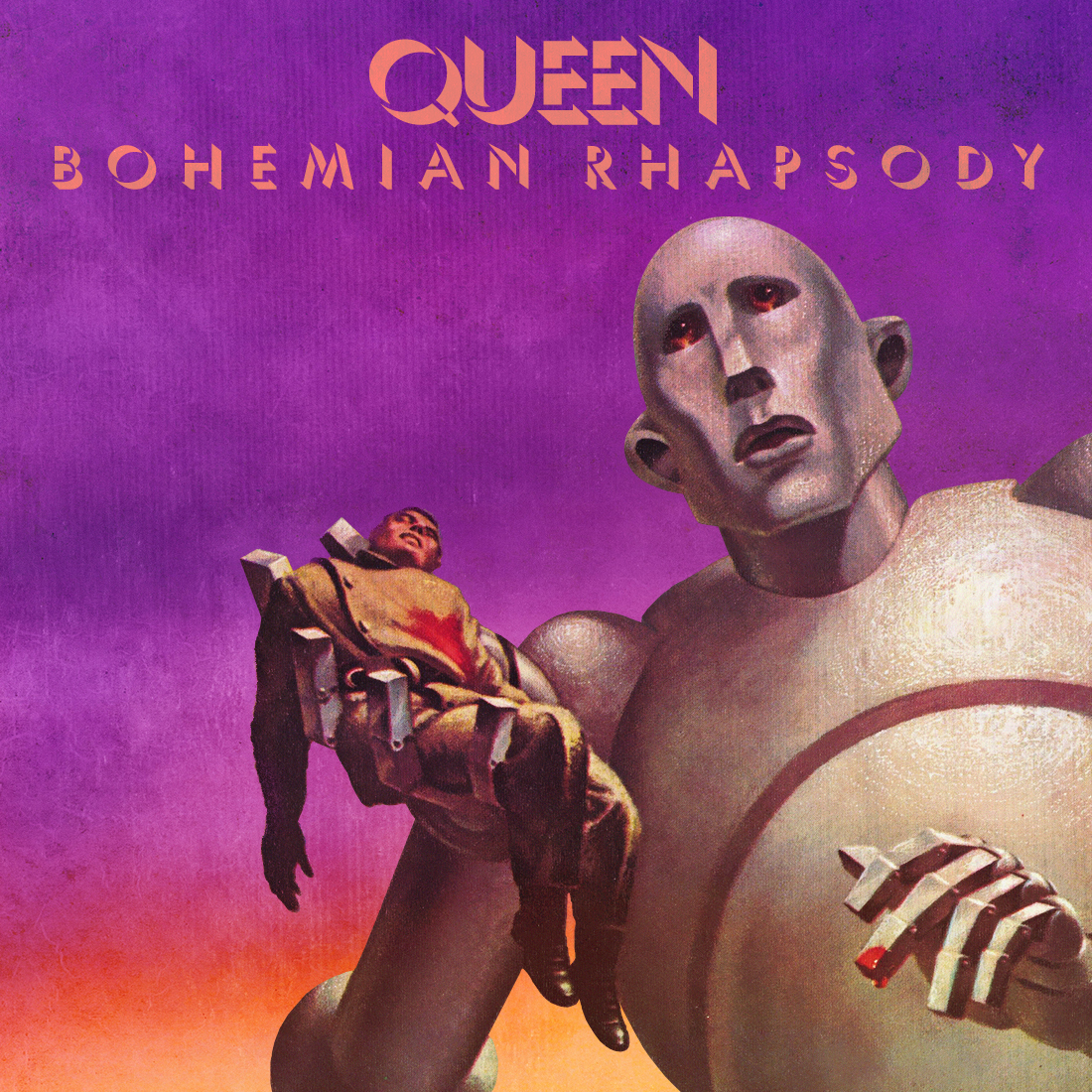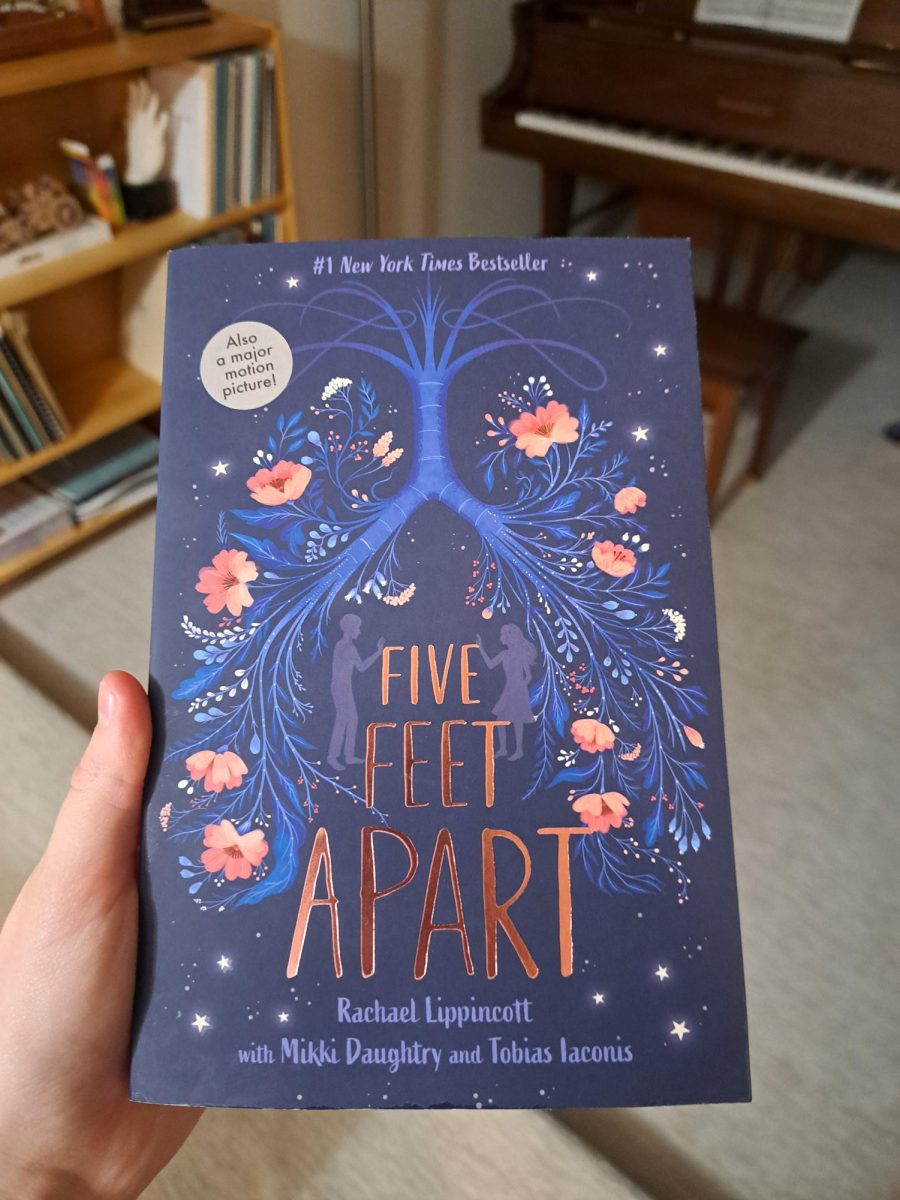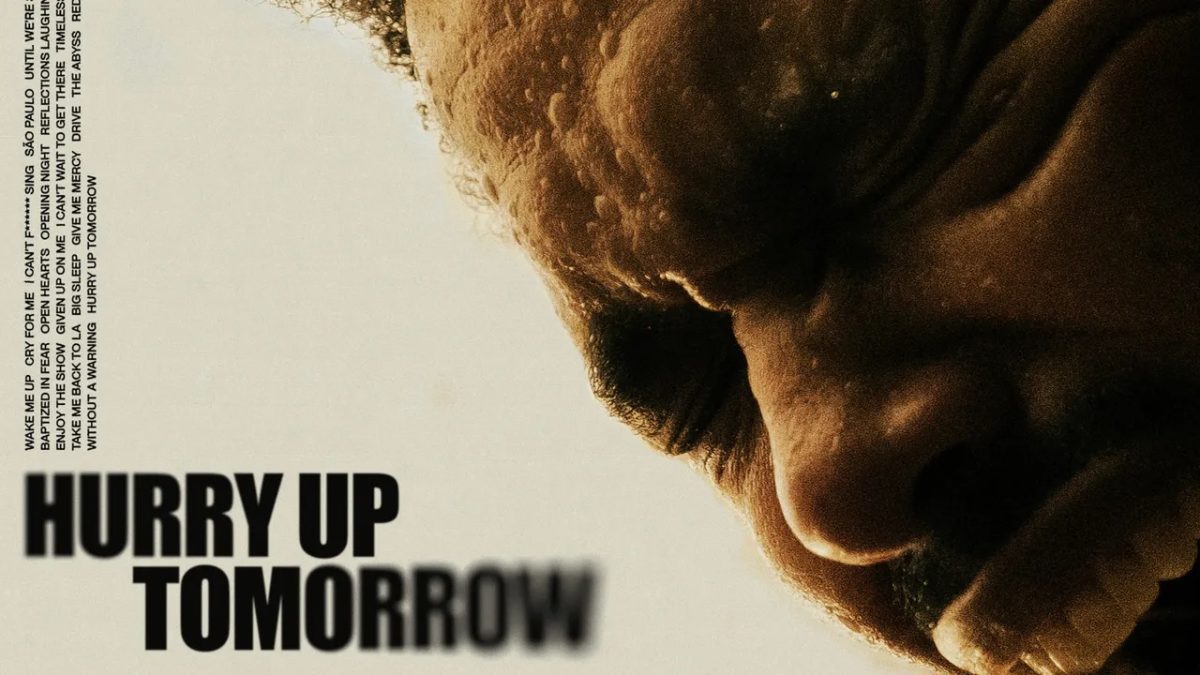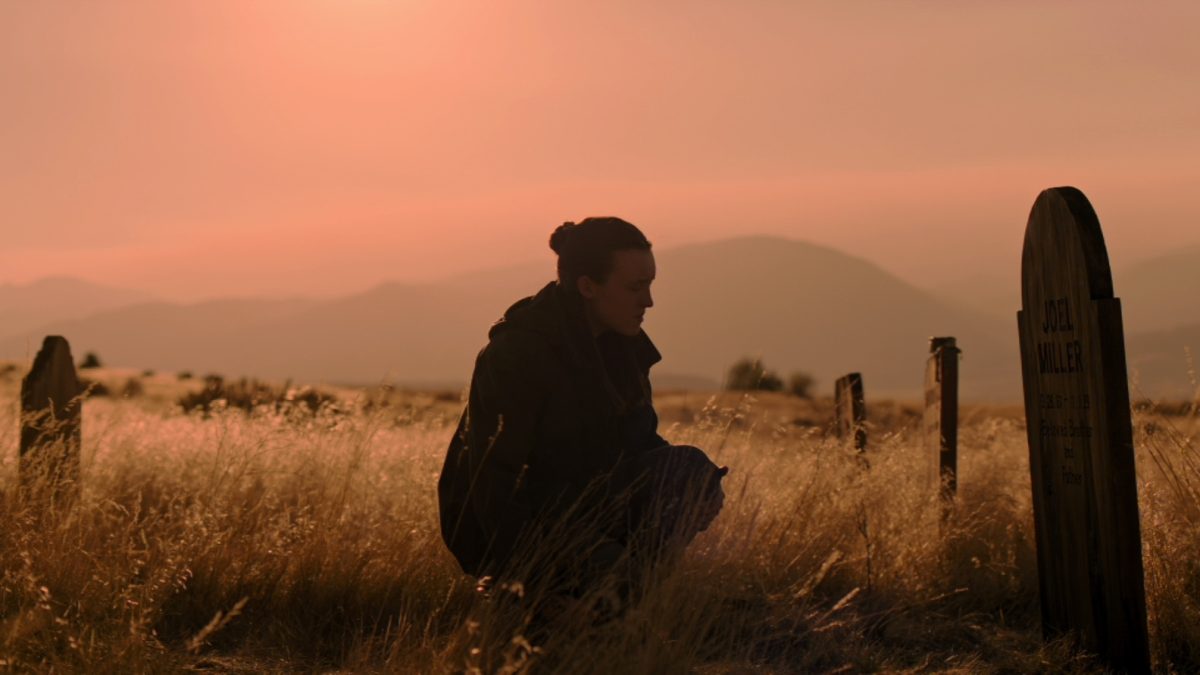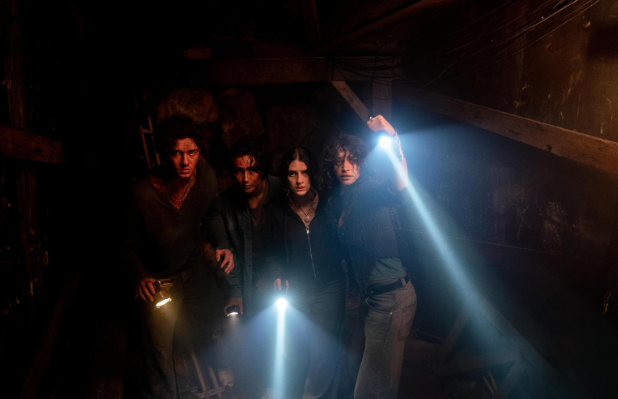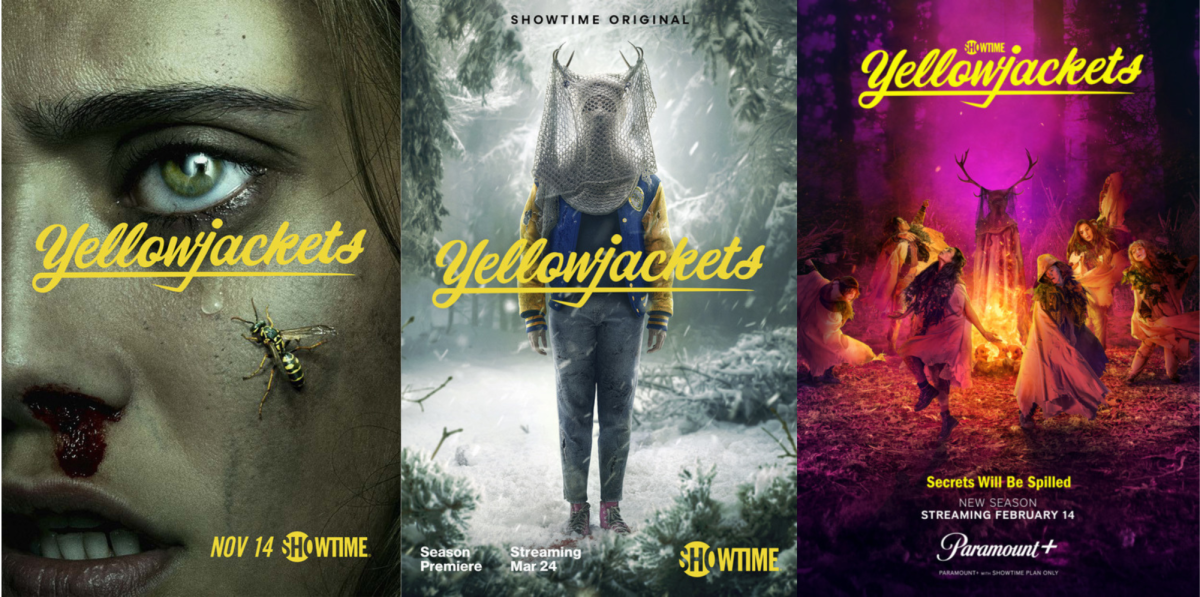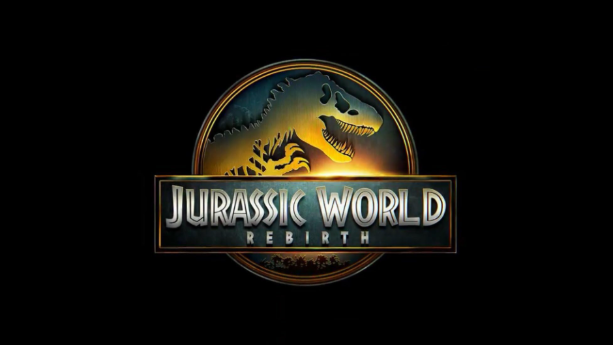As election season sets on America and political tensions grow, the aptly timed “Civil War” by A24 released on April 12, 2024. A24, which previously produced critically acclaimed films such as “Lady Bird” and “Everything Everywhere All At Once”, attempted to appeal to broader audiences with this gritty military film on an unprecedented $50 million dollar budget.
The film follows a sundry group of journalists road-tripping across the United States in the midst of a second moderntime civil war, attempting to interview the President before Washington D.C. falls to a seceded coalition. Along their journey they document people from all walks of life, some fighting for their lives and others ignoring the campaign completely.
Although many assume that the movie is politically charged, it is surprisingly able to remain unopinionated by forgoing congested and heavy-handed exposition. While similar works have a more context-building approach to information, “Civil War” immediately drops the viewer into its world without any established narrative or warning. By forsaking audiences to an unfamiliar setting, everything feels much more real and plausible, and the characters become easier to understand and care for.
The lead character, played by Kirsten Dunst, is a veteran war photographer, chasing the only story left in America: an answer from the uncommunicative President. By composing the main cast strictly of defenseless reporters, the story feels more grounded, realistic, and worrying. Every scene is encapsulated in disturbing undertones as the fallible protagonists ride the line between life and death in a macabre search for photographic perfection.
While the journey is fascinating enough to captivate audiences by itself, the breathtaking sets and action ensnare the eye beyond the norms of average cinema. Hyperrealistic conflict is rare in Hollywood nowadays, but Director Alex Garland spared no expense to capture pure militaristic realism. Rumbling tanks and the shriek of fighter jets pierce the ear with their terrifying weight. The noise of each gunshot is unbearably loud, helping to accentuate the overwhelming conditions the characters are in, keeping the viewer on edge.
Balancing between enjoyable violence and meaningful death is a concept that many pieces of media struggle on, either through absurdly dehumanizing the enemy or lingering on lamentation for far too long. “Civil War” found the perfect equilibrium, with explosive urban warfare highlighting the value of life as patriotic citizens from every side die in all-familiar populace environments. Similarly, the impact of killing furthers the intense combat by providing perspective and nerve-wracking consequences for each encounter.
Cinematically, the film uses grounded and low camera angles, closely following characters, stranded in the magnetic spectacle of destruction. Black and white photos taken from the protagonist’s point of view are dispersed throughout each action sequence, silently displaying the photographer’s nocuous opus to observers.
“Civil War” shows the possibility of a dystopian America to audiences, seeking to convey a grisly warning to the public. The film forces countless neoteric aspects together in a beautiful mesh of art and war. Experiencing the raw bloodshed and animalistic fight for survival gives a frightening rush – one that doesn’t come to the theaters often.


